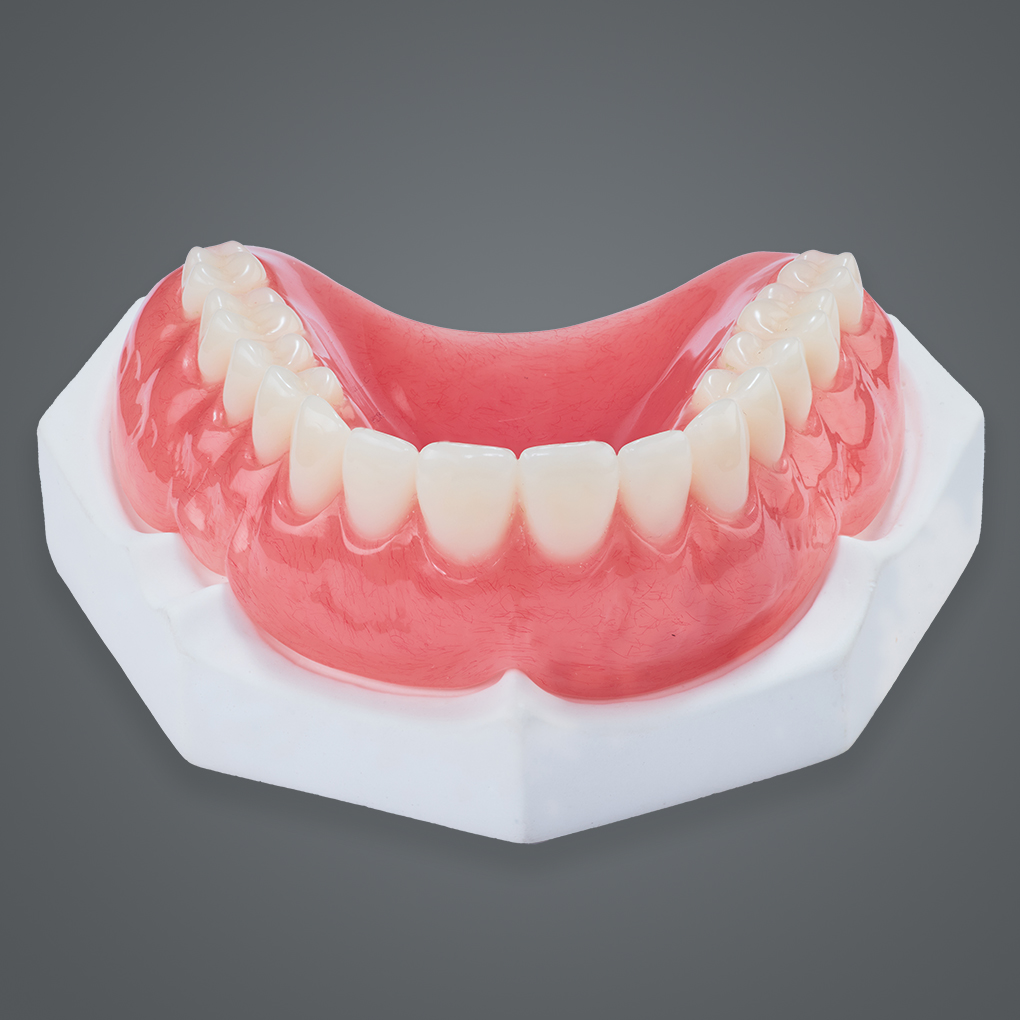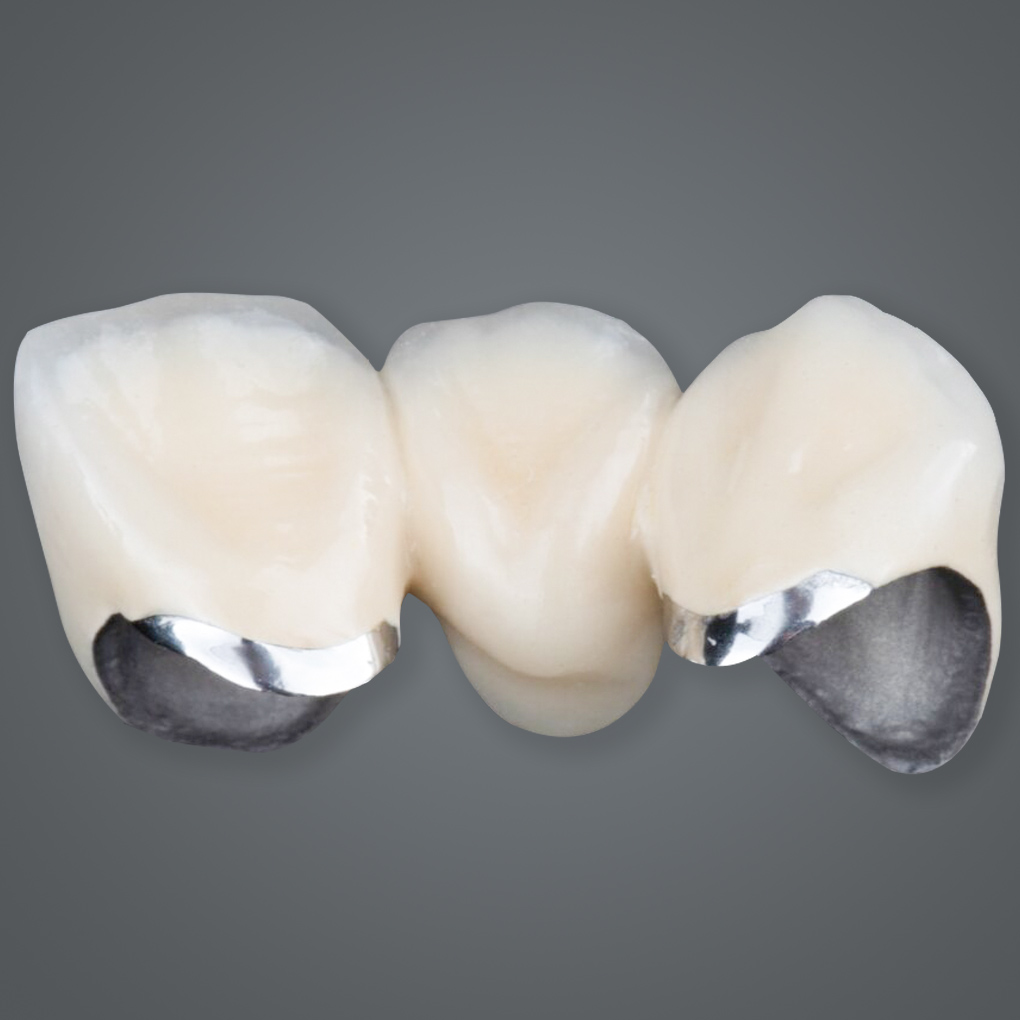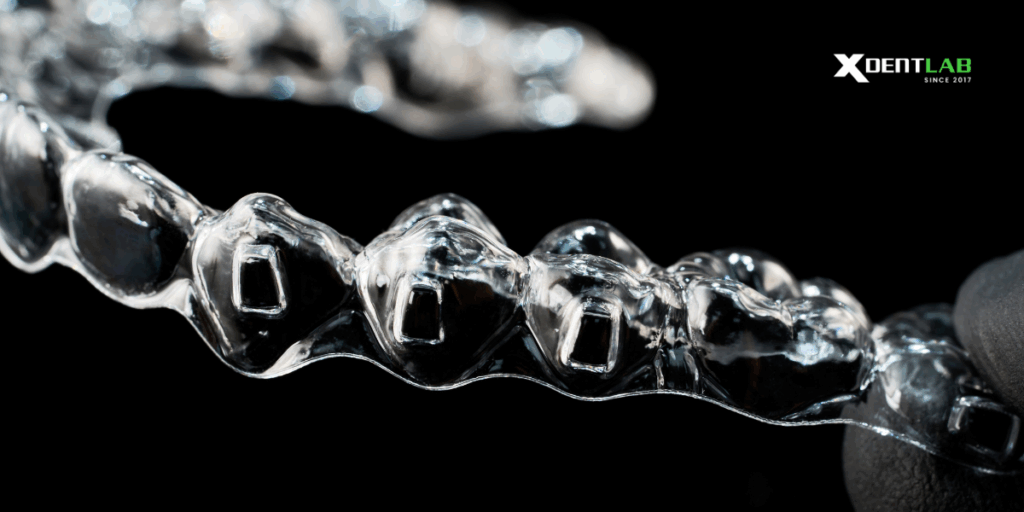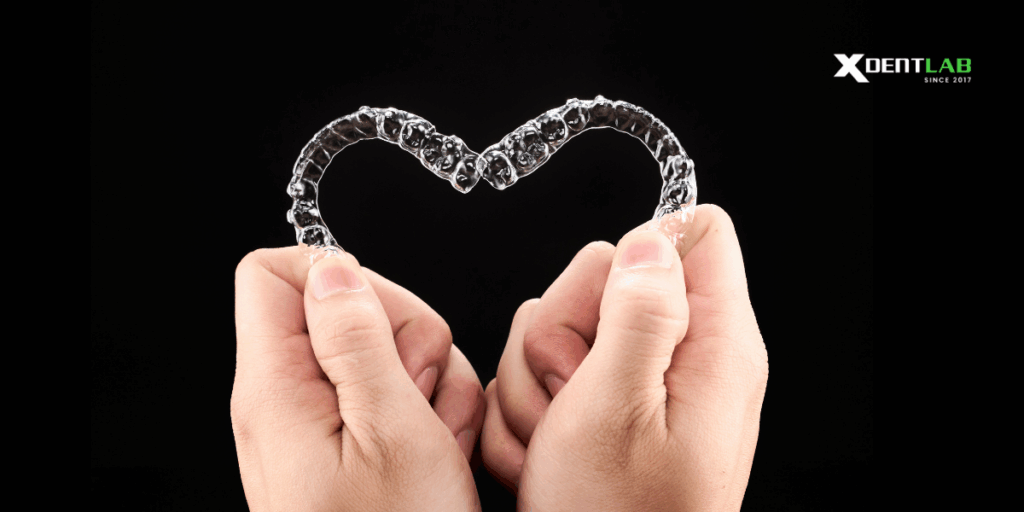Clear aligner therapy is celebrated for its aesthetics and convenience, but behind every successful case lies a small yet crucial element: clear aligner attachments. While patients may barely notice them, these tiny composite shapes play a powerful role in achieving precise tooth movement.
For dental labs and technicians, understanding the design, placement, and function of clear aligner attachments is essential. It is not only for producing effective trays but also for collaborating more efficiently with orthodontic providers.
This article breaks down the technical aspects of attachments and what labs need to consider when producing aligners that deliver predictable outcomes.
Contents
1. What Are Clear Aligner Attachments?
Clear aligner attachments (sometimes referred to as “buttons”) are small, tooth-colored shapes bonded to the surface of selected teeth. Made from composite resin, these attachments act as force anchors that help aligners grip the teeth and perform specific, complex movements.
Due to the smooth and rounded anatomy of natural teeth, attachments:
- Provide a mechanical handle for the aligner to push against
- Improve control over rotations, extrusions, torque, and tipping
- Allow for greater treatment efficiency and predictability
Learn more How to Clear Aligner Manufacturing Process in a Dental Lab
2. Why Do Orthodontists Use Attachments?
The primary goal of attachments is to enable the aligners to deliver directional force more effectively. Unlike metal braces that apply consistent pressure via brackets and wires, clear aligners rely on precision fits and pressure points. Attachments:
- Enhance retention of the aligner
- Improve movement capabilities in difficult areas
- Compensate for flexibility in the aligner material
- Allow for complex biomechanical strategies such as root torque or sequential staging
For dental labs, incorporating the correct shape and location of attachments into the aligner design is essential for treatment to follow the doctor’s prescription accurately.
3. Are All Attachments the Same?
Not at all. In fact, attachment design is highly customized based on the treatment goals. The variations include:
- Shape: Rectangular, ellipsoid, beveled, optimized shapes
- Size: Depends on movement type and anatomical space
- Orientation: Designed to apply specific vectors of force
Each attachment is digitally planned and carefully positioned based on the patient’s malocclusion and the desired movement. Labs must ensure that aligner trays are accurately formed over each attachment, allowing for proper force application without loss of fit or function.
4. Why Attachments Matter in Clear Aligner Production
While the orthodontist determines where to place attachments, it’s up to the lab to precisely incorporate them into the aligner design. This requires attention to several technical factors:
4.1. Accurate Digital Modeling
Aligner software must accurately represent the position, shape, and size of each attachment. Any inaccuracy in the STL file or treatment plan can result in aligners that don’t seat properly or fail to engage the attachment effectively.
4.2. Precision in Thermoforming
When forming aligners, the material must adapt closely over the attachment without excessive thinning or warping.
4.3. Clean and Consistent Trimming
Proper edge trimming around attachments ensures the tray can engage the attachment effectively while maintaining patient comfort. Inconsistent trimming can lead to:
- Tray lifting
- Loss of force
- Breakage or discomfort
4.4. Quality Control
Clear aligner attachments are small, but their impact is big. That’s why QC inspection should include checks for:
- Attachment housing accuracy
- Tray thickness and clarity over attachment areas
- Fit testing, especially around heavily loaded teeth
5. How Attachments Influence Clinical Outcomes
From a lab’s perspective, understanding how attachments work clinically helps technicians appreciate why small production details matter. Attachments:
- Enable controlled force application
- Reduce the need for refinements and mid-course corrections
- Increase the predictability of complex tooth movements
That’s why well-designed and accurately formed attachments can reduce total case time and improve patient satisfaction.
6. Partner with XDENT LAB for Attachment-Ready Clear Aligners
At XDENT LAB, we specialize in producing clear aligners that fit flawlessly, even over the most complex attachment setups. We bring:
- High-definition thermoforming over attachment models
- Exact trimming and finishing for functional force delivery
- Scalable, clear aligner manufacturing for dental labs in U.S. market
Whether you’re a growing lab or a high-volume provider, our solutions are designed to integrate seamlessly into your workflow.
Reach out to XDENT LAB today to explore how our aligner solutions from attachments to final tray can support your lab with consistency, speed, and detail-driven quality.
Learn more Frequently Asked Questions About Dental Lab Outsourcing in Vietnam







